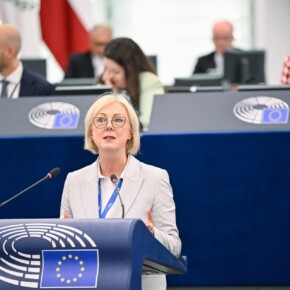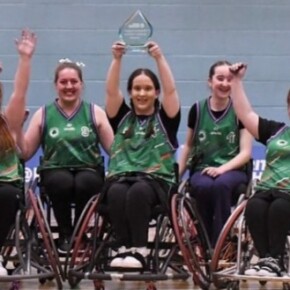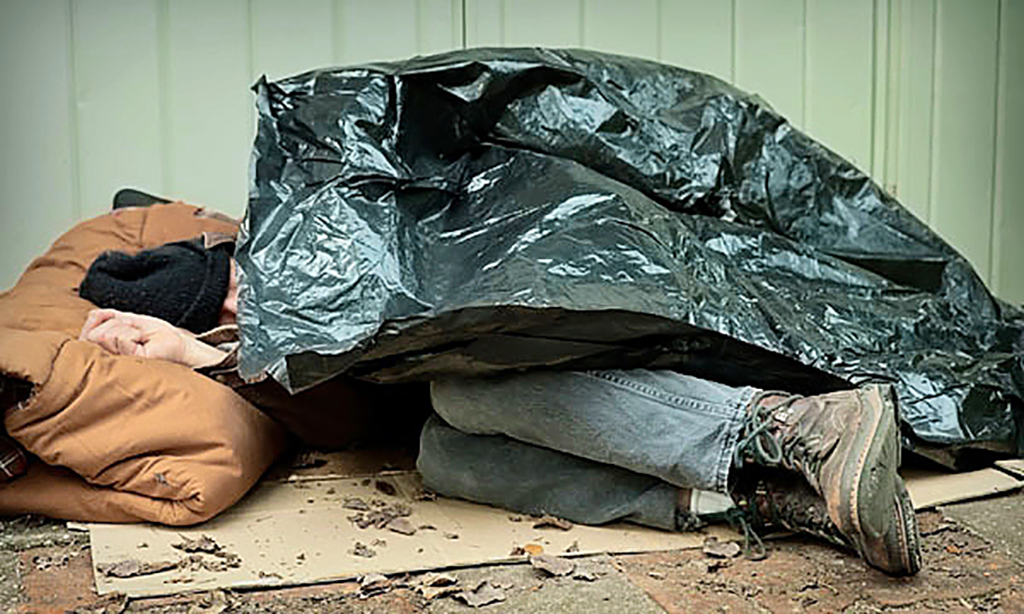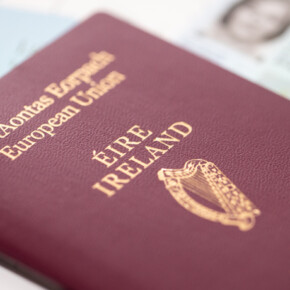HISTORY: Remembering the Invincibles
Dublin People 13 Nov 2015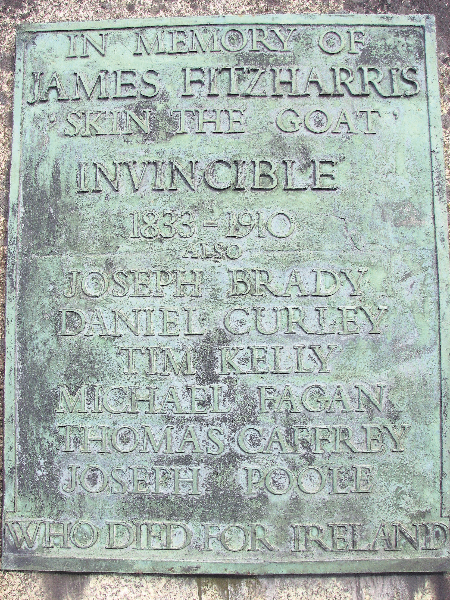
THE Irish National Invincibles are a long forgotten republican organisation.
Established in 1881, the Invincibles aimed to overthrow British rule in Ireland though a campaign of assassination, targeting the authorities in Dublin Castle.
Often mistakenly described as a Fenian splinter group, the Invincibles were in fact an elite unit within the Irish Republican Brotherhood (IRB).
They had been established through the joint endeavours of some of the leading Dublin Fenians, including Daniel Curley, Joe Brady, and James Carey and supporters of the movement in Britain including Frank Byrne, secretary of the Land League of Great Britain.
It is also often overlooked that the Invincibles were established as a response to the British Government’s campaign of coercion aimed at suppressing the Irish National Land League.
The campaign had resulted in the arrest of hundreds of Land League officials and supporters on trumped up political charges and had created a heightened hostility against British Rule.
Seizing on the growing national sentiment and with the hope of effecting the collapse of the British administration in Ireland, the Invincibles put their plan into action.
Their prime target was William ‘Buckshot’ Forster, Britain’s Chief Secretary in Ireland. Between 1881 and 1882 the Invincibles staged a number of failed assassination attempts on Forster’s life, including placing a bomb on the steps of Dublin Castle, which failed to explode.
Outside of Dublin, the Fenians were involved in widespread resistance against the coercion campaign, utilising armed actions including the assassination of landlords and their agents, property destruction and cattle maiming. Concerned by the growing revolutionary situation in Ireland, the British Government decided to introduce the proverbial carrot in conjunction with the coercion stick.
Britain’s carrot included the introduction of a new Land Act and the release of many of the Land League leaders, including Michael Davitt and Charles Stewart Parnell.
Outraged at the release of Davitt and Parnell, Forster resigned in protest and was replaced as Chief Secretary by Fredrick Cavendish.
On May 5 1882, a victory parade was held in Ballina, County Mayo, to celebrate the release of the Land League prisoners.
Led by a band, as the parade made its way through the town it was confronted by the Royal Irish Constabulary, who charged the demonstration, opened fire and killed several people, including a number of children.
As outrage at the murders spread across the country the Invincibles decided to strike a blow. This time their target would be Thomas Burke, Britain’s permanent undersecretary in Ireland.
On May 6 1882, seven members of the Invincibles made their way to the Phoenix Park, where they waited to ambush Burke.
As Burke’s cab entered the park he spotted his friend Frederick Cavendish, the new Chief Secretary who had just arrived in Ireland that day. Cavendish was walking unguarded and Burke decided to join him. As Burke left the cab, the two men were grabbed by the Invincibles and executed with surgical knives.
The British response was swift. Hundreds of known and suspected Fenians were rounded up and by January 1883, many of the leading Invincibles were in custody.
Psychological torture was then used against the prisoners but the majority refused to talk. Three prisoners, including James Carey, once a leading member of the IRB and the Invincibles, agreed to become informers.
At the trials that followed, five members of the Invincibles were sentenced to death and several more, including James Fitzharris, received long prison sentences on the evidence of Carey and other informers. Between May 14 and June 9 1883, Daniel Curley, Joe Brady, Michael Fagan, Thomas Caffrey and Timothy Kelly were hanged for Ireland in Kilmainham Gaol, where they remain buried and forgotten to this day.


